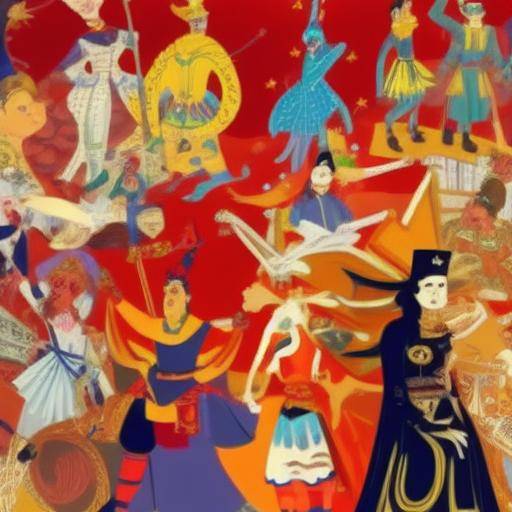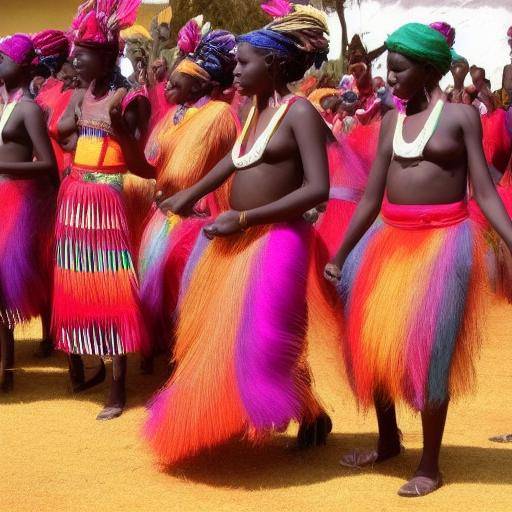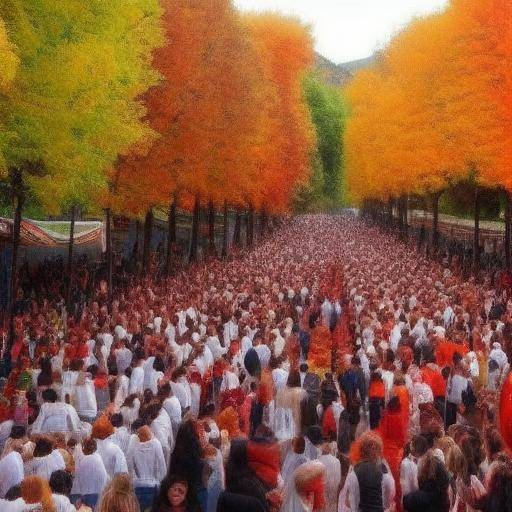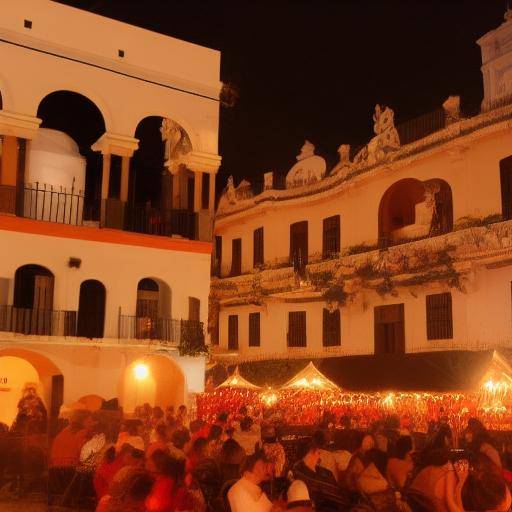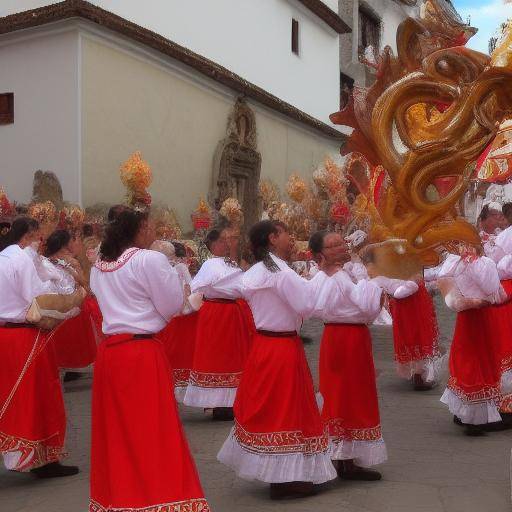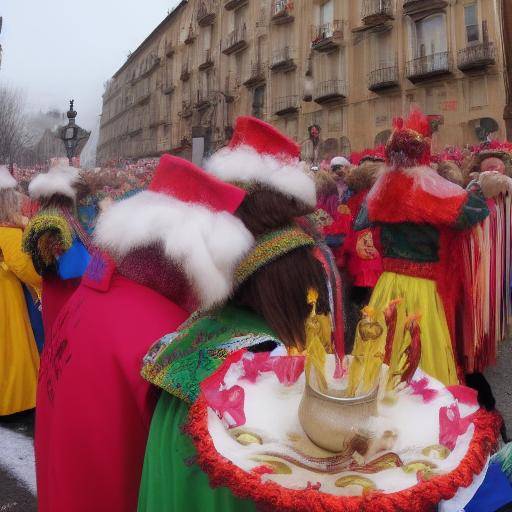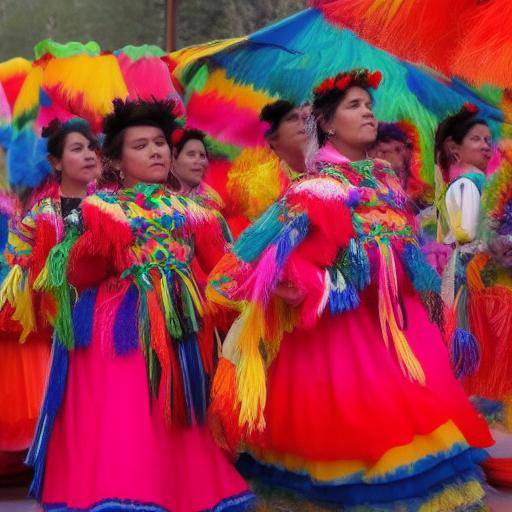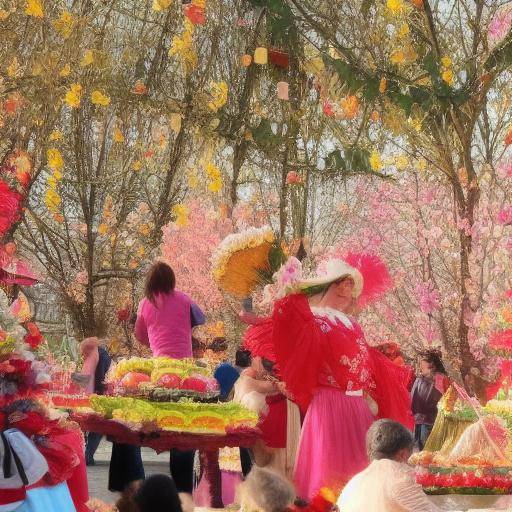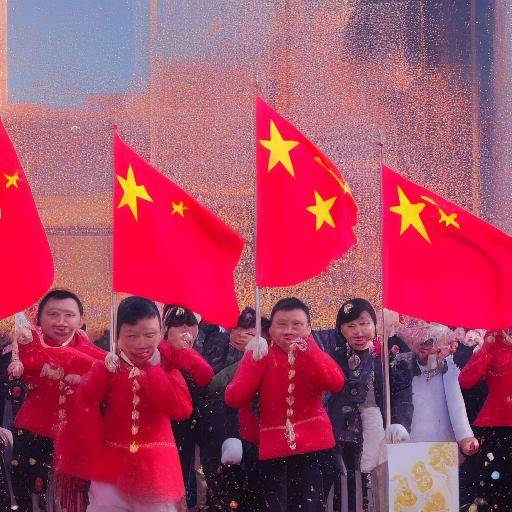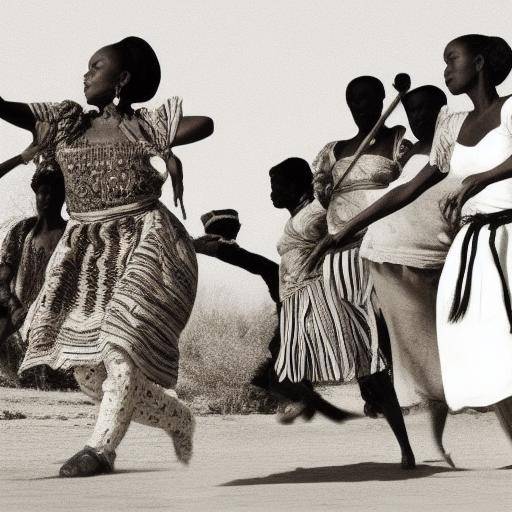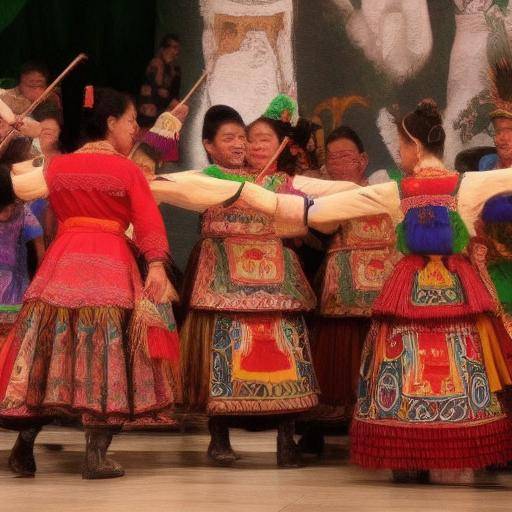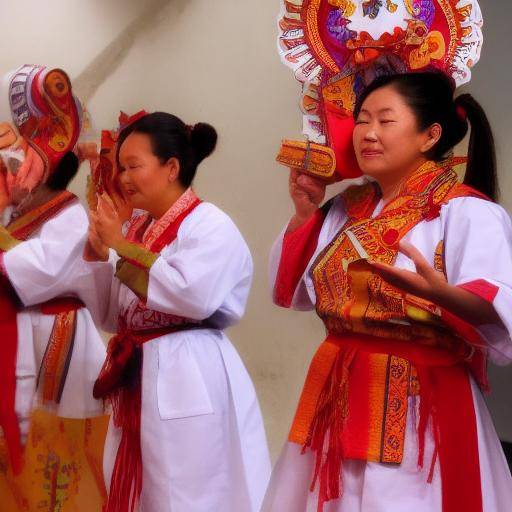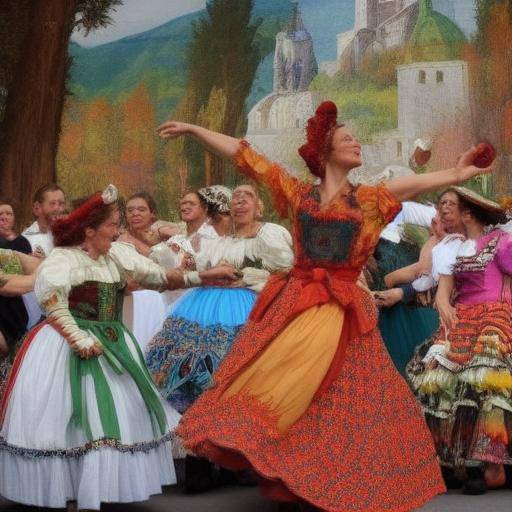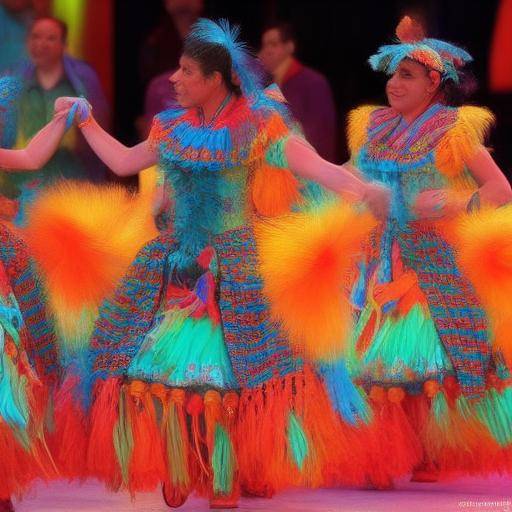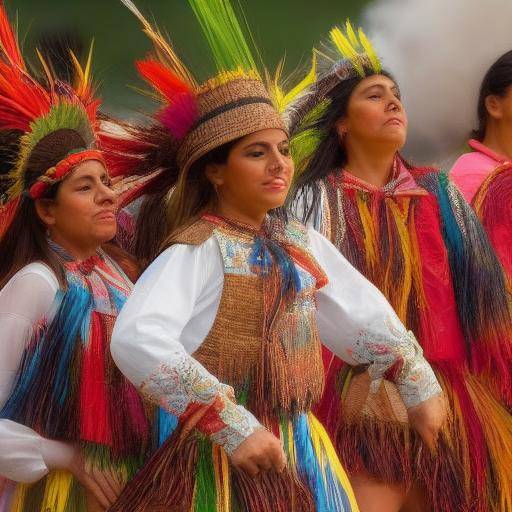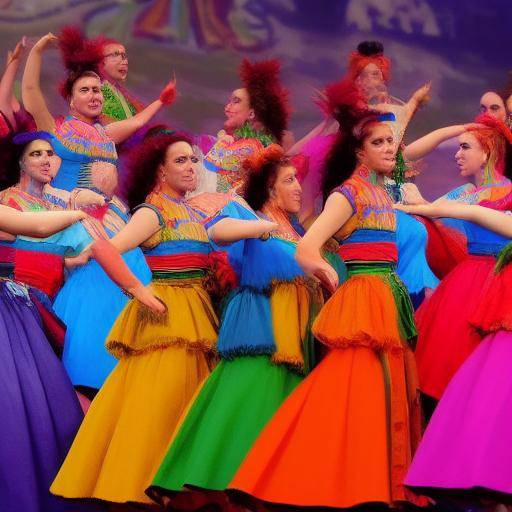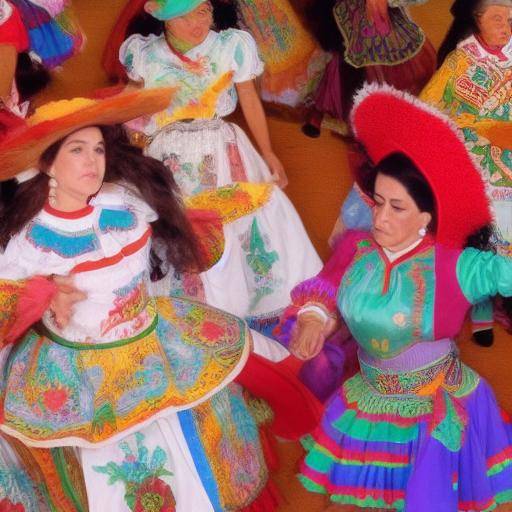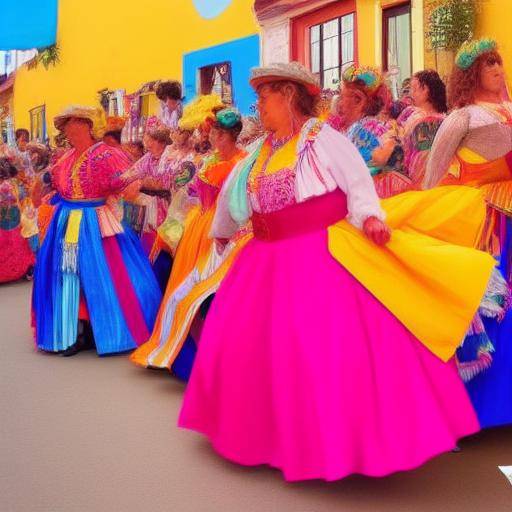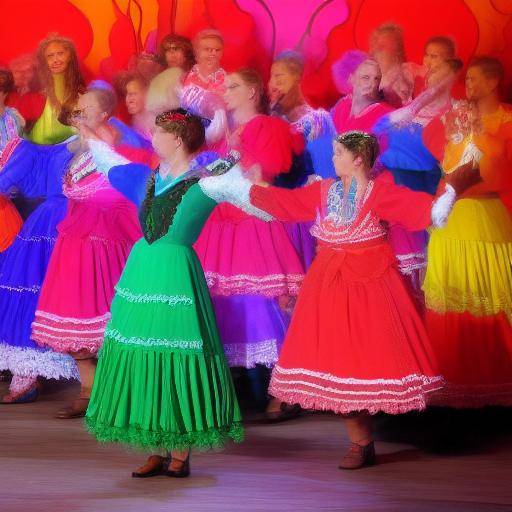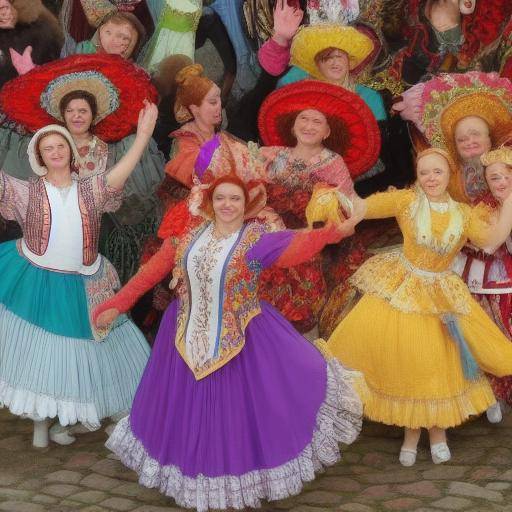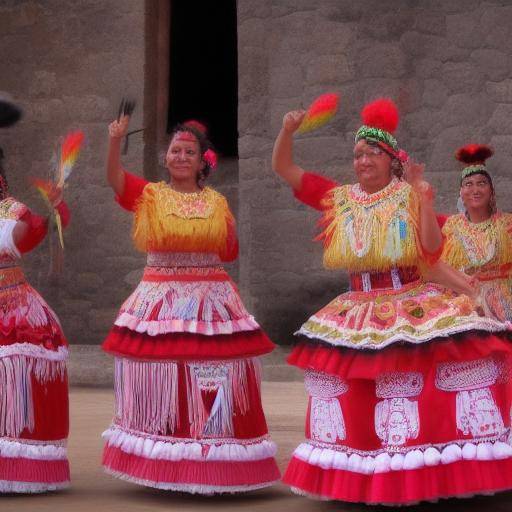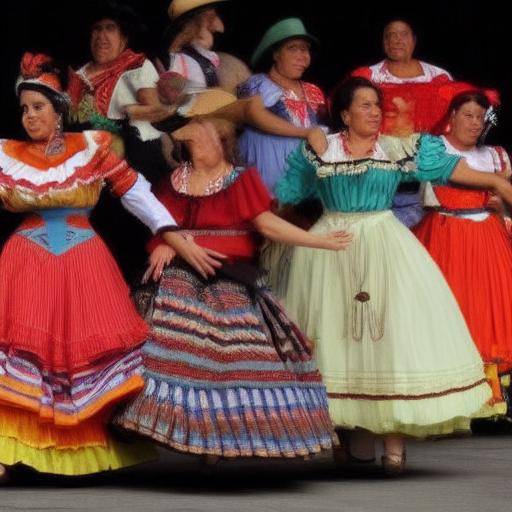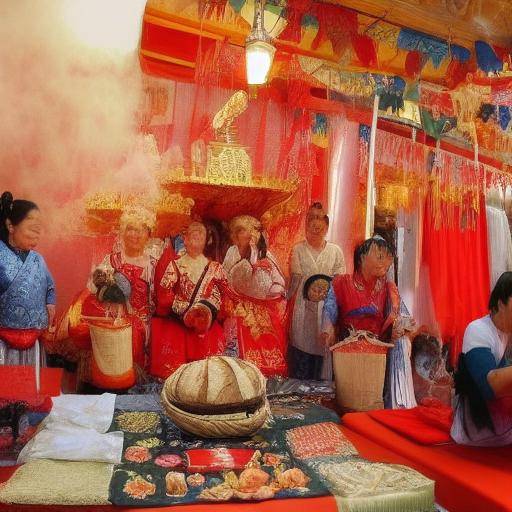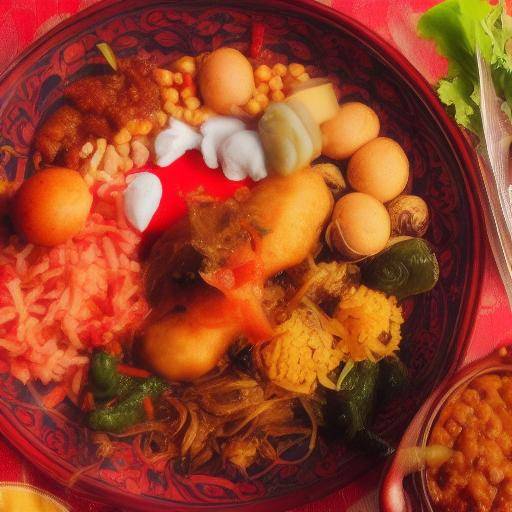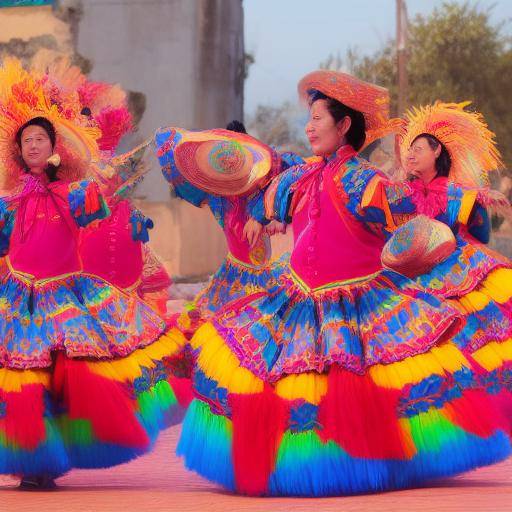
Asian folklore is rich in meaning and symbolism, and colors play a crucial role in these traditions. From the vibrant red of China to the pure white of Japan, each color has a deep meaning rooted in Asian culture and folklore. In this article, we will explore the symbolism of the colors in Asian folklore, their importance in the traditions and the meaning behind them.
Introduction
In Asian folklore, colors are not only aesthetically pleasing, but also convey symbolic meanings. Understanding these meanings allows us to immerse ourselves in the rich cultural heritage and better understand the traditions of Asia. In this article, we will explore the symbolism of colors in Asian folklore, analyzing how each color is intrinsically linked to values, emotions and beliefs rooted in Asia's history and society.
History and Background
The symbolism of colors in Asian folklore has deep roots in ancient history and traditions. From ancient Chinese Feng Shui to the art of Japanese kimono, the importance of colors has evolved over the centuries. In China, red symbolizes good luck and happiness, while black is related to darkness and unknown. In Japan, white represents purity and simplicity, while gold reflects wealth and prosperity.
Deep analysis
The symbolism of colors in Asian folklore is not only limited to superficial meanings, but also intertwined with philosophy, spirituality and worldview. For example, green is associated with nature and harmony in Vietnamese culture, while blue represents immortality in Chinese mythology. These colors not only decorate the Asian world, but also embody the connection between man and nature.
Full review
In Asian folklore, the choice of colors in clothing, ceremonies and festivals reveals a profound understanding of the cultural values and deep-rooted beliefs. Through various examples and practices, we can see how the color palette in Asian folklore reflects how communities relate to the world around them and celebrate their cultural identity.
Comparative analysis
By comparing the symbolism of colors in different Asian cultures, we discover both similarities and intriguing contrasts. While red symbolizes good luck in China and happiness in India, yellow is associated with royalty in Thailand and renunciation in India. These contrasts show the diversity and complexity of Asian folklore in relation to colors.
Practical Tips and Recommendations
While it is important to understand the symbolism of colors in Asian folklore for its historical and cultural value, it is also relevant for designers, artists and travelers who want to engage with these traditions. By understanding the meaning behind each color, we can show deep respect for culture and sensitivity by interacting with it.
Conclusions and FAQs
This article has provided a deep insight into the symbolism of colors in Asian folklore. Exploring the richness and depth of colors in these traditions allows us to better appreciate the rich cultural heritage of Asia and its impact on everyday life.
Frequently asked questions
What is the most important color in Asian folklore?
Red is widely regarded as the most important color in Asian folklore, as it symbolizes good luck, happiness and positive energy in many Asian cultures.
Why is white so significant in Asian culture?
White is commonly associated with purity, simplicity and honesty in Asian culture due to its connotations of cleansing and honor. It is often used in important ceremonies and festivals.
What role do colors play in Asian arts and crafts?
Colors play a vital role in Asian arts and crafts, as each shade used can convey specific symbolic meanings. From landscape painting to the creation of fabrics and garments, colors play a prominent role in artistic and cultural expression.
How do colors influence urban architecture and design in Asia?
The colors have a significant influence on architecture and urban design in Asia. For example, in certain Asian cultures, buildings may be painted with specific colors to reflect spiritual beliefs or to harmonize with the natural environment.
What colors are commonly associated with good fortune and prosperity in Asian folklore?
In addition to red, which is a color widely associated with good fortune in Asian folklore, gold and yellow are also considered auspicious colors that symbolize wealth and prosperity in many Asian cultures.
How is the symbolism of colors reflected in Asian celebrations and festivals?
The symbolism of colors is manifested in a vibrant way in Asian celebrations and festivals through clothing, decoration and artistic representations. The colors selected for these specific occasions often reflect deep cultural desires and meanings.
What does black mean in the context of Asian folklore?
Black is commonly associated with darkness, mystery and unknown in the context of Asian folklore. It is often used in festivals and ceremonies to represent the struggle between good and evil, as well as to show respect for the ancestors and beyond.
In short, the symbolism of the colors in Asian folklore is a fascinating window towards the rich traditions and values rooted in Asian culture. By understanding the importance of colors in these traditions, we can enrich our appreciation and respect for the cultural diversity of the Asian continent.
I hope this article has provided a solid view of the symbolism of colors in Asian folklore and its diverse implications in culture and society.

